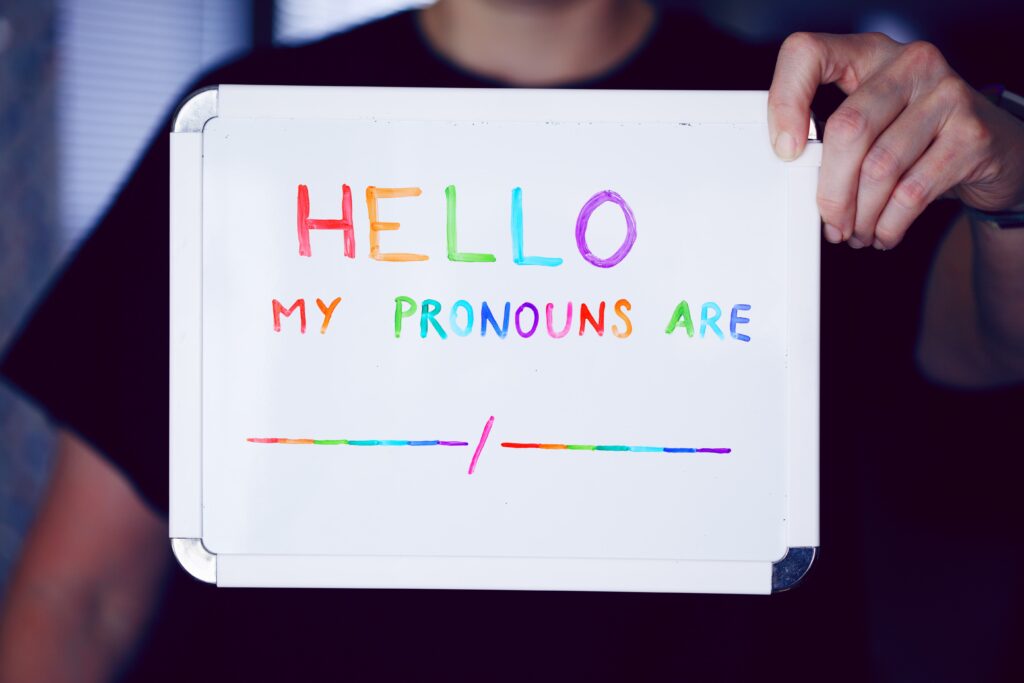With only a week until Transgender Day of Visibility (TDOV) now is a great time to think about whether your workplace respects the rights of trans and non-binary employees.

The 31st of March is Transgender Day of Visibility (TDOV), a day where we commemorate and celebrate transgender and nonbinary people’s achievements. Visibility, both inside and beyond the workplace, is critical in crafting the narrative about how trans and nonbinary people can be their full, authentic selves and thrive both inside and outside the workplace. TDOV is an opportunity to celebrate the trans and nonbinary community year-round by elevating the stories and voices of the trans and nonbinary community.
Key workplace policies and practices to look out for
Non-discrimination provisions
Non-discrimination provisions written into your company’s rules will ensure that current employees and potential job applicants are treated equally and are legally protected from prejudice. Because some nations do not recognize LGBTQI+ people as protected individuals, it is critical that your company’s policy reflect its commitment to non-discrimination. The terms „gender identity,” „sexual orientation,” and „sex” should all be designated as protected categories. Intersex people should likewise be included by anti-discrimination laws that prohibit discrimination based on sex.
Gender Neutral Facilities
Gender-neutral facilities, including restrooms and locker rooms, make transgender and nonbinary employees feel more comfortable and safe. Gender-neutral settings can help protect transgender employees from discrimination and harassment, so they can avoid having to make decisions about their gender-identity that don’t reflect their true selves. Organizations should investigate whether they can construct gender-neutral amenities on their premises. There are several inventive ways to create gender-neutral washrooms, such as transforming existing single-person male and female restrooms into all-gender restrooms.
Employees’ Self-Identification as LGBTQI+
Self-identification is especially crucial for LGBTQI+ employees for visibility and representation because sexual orientation and gender identity are not normally apparent traits in the workplace. Self-identification programs are a great way for employers to learn about the size and diversity of their LGBTQI+ workforce, as well as track progress toward important inclusion goals. Given the sensitivity of self-identification, it’s critical that these initiatives be fully voluntary, anonymous, and complemented by a solid communication plan.
Guidelines for Gender Transition
Gender transition guidelines are a set of policies and guidelines that provide best practices for supporting and protecting trans and nonbinary employees as they transition. There is no one-size-fits-all approach to transitioning, and everyone’s experience is different — some people may opt to transition medically, alter their pronouns, change their name, and so on. It’s critical that an individual’s transgender status is kept private and disclosed only when necessary and with consent, and that name and gender marker change protocols are implemented into an organization’s systems regardless of legal status and without the need for documentation, as some people choose not to or cannot legally make these changes.
Employee Resource Groups that are Trans-Inclusive
Employee Resource Groups (ERGs) are employee-led groups that bring together people with similar identities, particular interests, or life experiences in order to build a sense of belonging and inclusion inside a firm. It is imperative that LGBTQI+ ERGs are inclusive and welcoming of trans and nonbinary employees, this includes trans-inclusive programming, representation in ERG leadership, and creating a safe space for trans and nonbinary employees.
For more detail on these policies, practices, and more, check out Out & Equal’s Global Toolkit for Change: Assessing LGBTQI+ Inclusion in Your Workplace.
Source: Out & Equal Workplace Advocates
